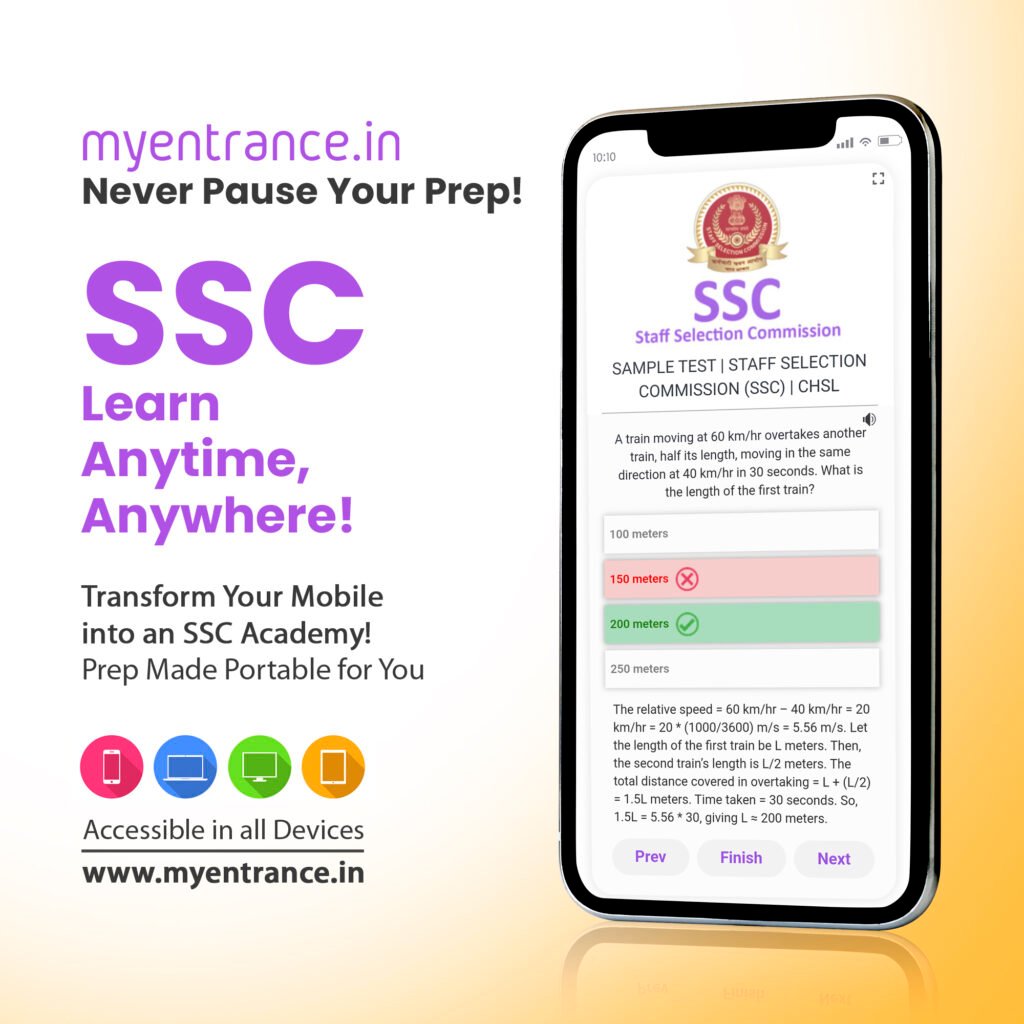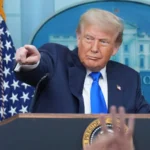
- Martial Law Declared and Revoked: President Yoon Suk Yeol declared martial law but reversed the decision within hours following nationwide protests and parliamentary opposition.
- Protests and Clashes: Thousands of protesters gathered, while soldiers stormed parliament, leading to dramatic standoffs.
- Impeachment Attempt Fails: Despite public outcry and opposition efforts, an impeachment motion against Yoon was defeated in parliament.
How did South Korea reach this breaking point?
The political crisis erupted when President Yoon, citing threats from North Korea and internal unrest, declared martial law on Tuesday night. The unprecedented move shocked the nation, with opposition leaders labeling it unconstitutional. Lawmakers and citizens mobilized swiftly, rejecting the declaration in an emergency session held past midnight. Soldiers who stormed the parliament faced barricades set up by staff and legislators. Amid mounting public pressure and global concern, Yoon withdrew martial law by early Wednesday morning.
Protests intensified as allegations of abuse of power surfaced, including claims that Yoon attempted to suppress investigations into himself and his family. Calls for impeachment gained momentum, but Yoon’s party narrowly avoided the motion’s passage by staging a dramatic walkout during the parliamentary vote.
What lies ahead for South Korea?
The crisis has left the country deeply divided. Public confidence in Yoon’s leadership has plummeted, with approval ratings hitting a record low of 13%. While the impeachment motion failed, opposition parties and protesters remain determined to hold the government accountable. Analysts warn that continued unrest could destabilize the nation further.
For now, South Korea faces a tense political landscape, with both the government and opposition navigating a precarious path toward restoring stability.




































Leave a Reply